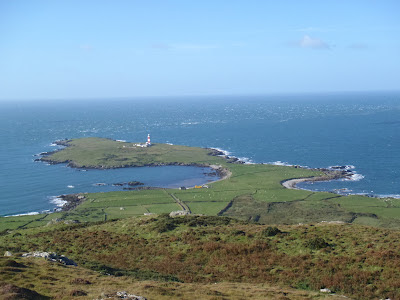The coot, a small black water bird with a white bill
and shield on their forehead. A numerous bird, occupying seemingly every pond,
lake, puddle or river in Britain
Once again ringing is helping to answer some of these
questions. In the hopes of increasing the reporting rate of the coots they ring,
an intrepid group of ringers in the Lancashire area
started adding colour rings.
Catching coot is not as simple as putting a mist net
up and hoping one bundle’s in. In most cases ringers use a variety of traps
where the birds walk in, lured by a source of food a trigger a door mechanism.
This group of ringers however have come up with a much more novel way, taking advantage
of large groups of coot coming to public areas where ducks and geese are fed,
especially during winter when food in the wider environment is not as readily
available. Making the most of these feeding frenzies and the distracted birds,
these guys simply reach down a grab a coot from the water!
In 2010 one of those colour ringed coots turned up on
The Mere at Ellesmere, Shropshire, a large body of water, encircled by woodland,
where all manner of birds gather. From sand martins in the summer to rafts of
gulls and flocks of ducks during the winter. With this coot an idea began to
take shape. Large numbers of ducks and geese are fed here throughout the year,
and in winter the inevitable coverts of coot join in the fray. If the guys in Lancashire could catch coot by hand, why couldn’t we?
View Coot in a larger map - Blue Pin is Redesmere, Cheshire where the coot
was ringed, with the Red Pin representing Ellesmere
Although not as prolific as the Lancashire ringers, and certainly not as regular, we have still managed to catch
and colour ring 11 coot since starting in 2010. Today’s haul, a total of six
birds, was pretty good considering the mild weather.
 |
| One of todays newly colour ringed coots AIA |
So the next time you are out
feeding the ducks, or maybe just taking a walk by the river, and you see those
funny black and white water birds paddling in the water or strolling along the
grassy verges pecking at your duck food, take a closer look those legs, you
never know it may well have a ring and a colour ring to boot…










































